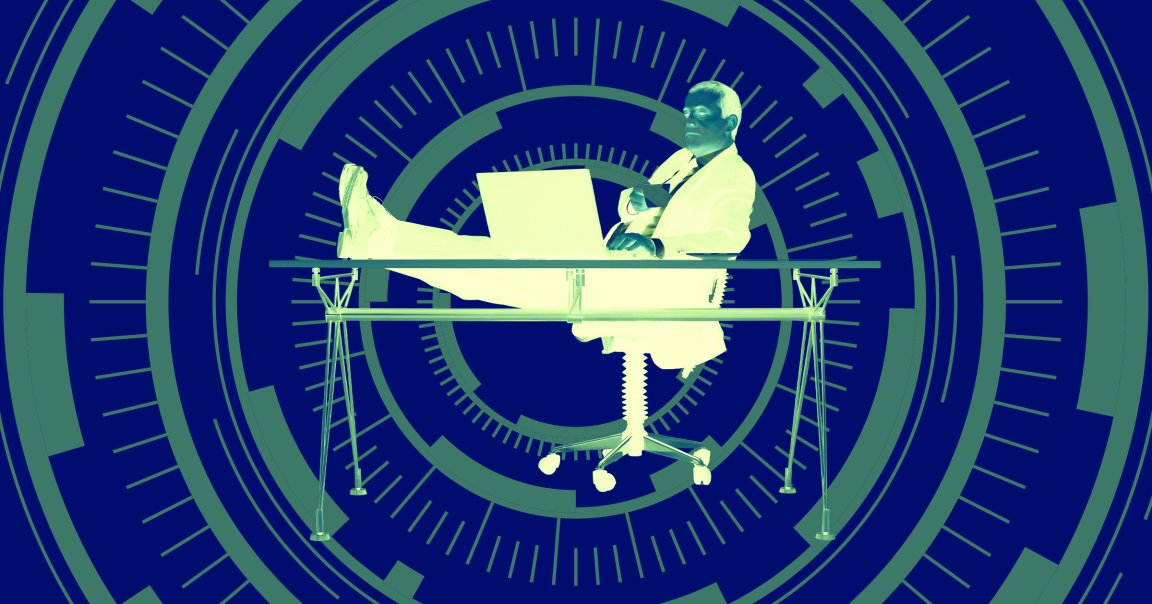
Once upon a time, in their startling report titled “Bigger Monsters, Weaker Chains,” ACLU analysts Jay Stanley and Barry Steinhardt argued that the US was quickly becoming a full-blown “surveillance society,” where advanced technology and crumbling regulation come together to create the kind of world that was previously the domain of dystopian science fiction.
“The fact is, there are no longer any technical barriers to the Big Brother regime portrayed by George Orwell,” they wrote.
That was in 2003. In the two decades since, the tech sector has unleashed a tidal wave of innovations like targeted algorithms, always-on location sharing, police face scanners, biometric passports, and surveillance drones — and that’s just the short list.
Adding to the technological horror show is a troubling new system known as “WhoFi,” a high-tech apparatus that can track humans through Wi-Fi.
A team of researchers at the Sapienza University of Rome recently released a paper outlining a new system capable of detecting “biometric signatures” through distortions in Wi-Fi signals. Notably, the system can surveil humans regardless of lighting conditions, and can sense them through walls.
The researchers say that WhoFi can capture “rich biometric information,” identifying individual people with a 95.5 percent accuracy rate.
“Unlike optical systems that perceive only the outer surface of a person,” the team writes, “Wi-Fi signals interact with internal structures, such as bones, organs, and body composition, resulting in person-specific signal distortions that act as a unique signature.”
Though the researchers say that Wi-Fi is a “non-visual” medium, and therefore “privacy-preserving,” the threat to personal privacy is immense. For starters, if deployed in real life, it wouldn’t be the only gadget watching our every move, but part of a constellation of existing devices already hard at work tracking our every move.
By 2021, there were an estimated 85 million security cameras in operation across the US, and an additional 264.9 million cell phones — each with their own camera and microphone, ready to record anytime, anywhere.
As of 2022, there were likewise at least 80 “fusion centers” in the US, facilities where local, state, and federal police, along with for-profit companies, come together to share all kinds of data, analysis, and resources with one another. (In February, a collaboration over facial recognition software at a fusion center in Ohio went awry when a judge ruled the team’s AI-generated “evidence” inadmissible.)
True, WhoFi is just a research project for now. But so were present-day surveillance technologies like facial tracking, speech recognition, and license plate readers before they became ubiquitous. In our world of technological superprofits, it’s likely only a matter of time before your router, too, begins tracking your every move.
More on surveillance tech: Trump Admin Announces Plans to Build Database of Migrant DNA